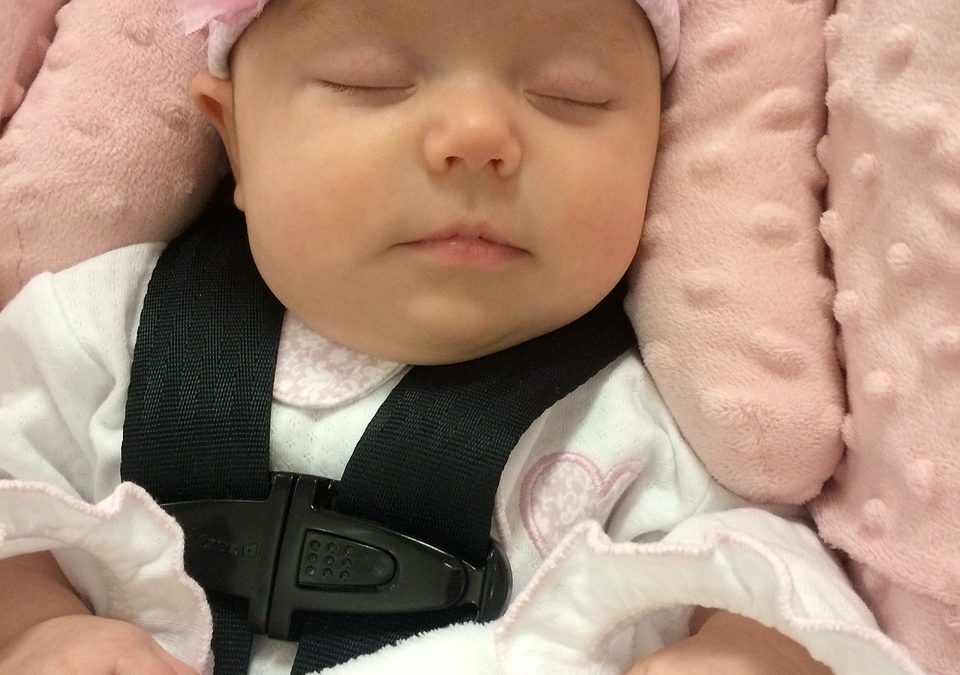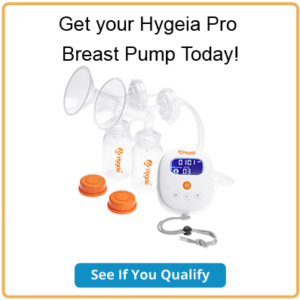As the due date for your little bundle of joy gets closer and closer, you’re likely starting to realize that there is way too much to do, and you’re running out of time to prepare. It can be difficult to prioritize all the different massive changes to your home and life! It’s an exciting, but stressful, time.
One thing that should be at the top of your list is getting a car seat. This absolutely must be taken care of before you go into labor. It is never safe to have a baby, a toddler, or any child under four feet nine inches tall in the car without some sort of car seat. Newborns in particular require rear facing car seats. This kind of vital safety requirement is not something you want to leave until the last minute.
When to Install a Car Seat During Pregnancy
Purchasing car seats doesn’t have to be the very first thing you do, but you might want to start saving up for one as soon as you know you’re pregnant (or make it a baby shower request!). The most important thing to keep in mind is that your car seat should be installed and ready before you’re far along enough that labor is imminent.
Every state in the U.S requires that babies be secured in car seats. In order to be in compliance with state laws, hospitals will often require car safety seats as part of their discharge policies. Hospital staff may be required to actively observe the baby in a safety seat that meets regulatory standards before discharge can be completed.
That’s why you need to have a seat sorted out before you’re likely to go into labor. The last thing you want is to be stressing about finding a car seat when it’s time to head to the hospital for delivery. The ideal time is anytime before active labor becomes an imminent risk.
Baby Proofing the Car Checklist
Getting the family car ready for baby is more involved than buying a car seat. If your vehicle is older, and doesn’t have certain safety features, you may want to think about trading it in for something slightly more modern. There are several key safety features you may want in a car for transporting children.
- Child locks: These have been installed in American cars by default for decades. Unless your car was built before the 80s, this shouldn’t be a problem, but it’s good to double check.
- Auto reverse windows: These windows are sensitive to objects in their path, and will reverse course if touched while moving. This will help stop little fingers from getting pinched!
- A good safety rating: Safety ratings are issued by the National Highway Traffic Safety Administration. Pay specific attention to the location of accessible safety seat latches.
- Advanced front and side impact airbags: These go along with a vehicle’s safety rating; better airbags could save lives!
- Interior trunk release: This is a release mechanism inside the trunk of the vehicle. This is important because children are generally curious by nature, and in the past have been seriously injured by trapping themselves in a car’s trunk.
- Rearview camera: This safety feature helps prevent collisions while you’re reversing, and will allow you to see if there are any little ones running around behind the car.
You’ll also want to make sure you have appropriate emergency kits on hand for different situations. A good emergency kit for breakdowns and accidents is a necessity, but specifically for a baby, you’ll want to keep a kit with all the things you might need on the road in a pinch. Diapers, wipes, and ziplock bags for soiled diapers and clothing items are all a good idea.
If you use formula, a bag with unopened packs of formula, baby bottles, and water, is ideal. If you use a breast pump, you’ll want to make sure you have all the sterilized pump items, as well as pump car charger.
It’s also a good idea to pack extra clothes for multiple weather conditions. Be sure to update the car baby emergency kit appropriately as your baby grows!
Baby on Board Decal
This is an important addition to your vehicle. There can be stigma surrounding the “baby on board” signs, but when used properly they are very helpful. Their purpose is twofold; to inform other drivers to treat your vehicle with care, and to inform first responders of the presence of a baby in case of an emergency.
It’s important to remember not to obstruct the driver’s view with signs, so place the sign out of the way. Only use the sign when the baby is actually in the car.
Car Travel With Baby: Safety Tips
Here are some general tips to help in preparation for travelling with a baby on board. Babies make travel more complicated, but with the right preparation and know-how, the trips can be less stressful for everyone involved, including you and your baby!
How to Keep Your Baby Cool
- Sun shades: you can get shades for the inside of the back windows to help keep the sun out of the baby’s eyes, and it also helps to limit the buildup of heat from direct sunlight.
- Car seat covers: can be useful in preventing car seats from heating up too much.
- Park in shady areas: when you pile the family out of the car, try not to leave the car in direct heat. That way, when you come back, the car won’t feel like a furnace when you first get in. It goes without saying that you should never leave children or pets in the car unattended.
- Keep them hydrated: check on your child’s hydration regularly. When they get old enough to hold a sippy cup and drink by themselves, make sure they always have a water cup when they’re in the car to self-hydrate with.
How Long Can a Newborn be in a Car Seat?
Newborns should not spend very much time in car seats. This is because their bodies are very early in developmental stages, their spine is still developing, and their breathing may be weakened during prolonged periods of sitting upright. A two hour rule of thumb is recommended for babies; no more than two hours in a 24 hour period.
As children get older, this rule of thumb can be relaxed. The two hour rule is still a good one to follow, however. The American Academy of Pediatrics recommends a break every two hours on long road trips, to get out of the car and stretch out the body.
Feeding Baby in a Car Seat
Ideally, feeding your baby in a car seat is something you want to avoid. If it’s something you need to do, here are a few safety tips to keep in mind.
- Don’t feed baby while the car is moving. Bottles become projectiles in the event of a crash. Motion sickness is something to consider as well as choking hazards while a vehicle is in motion.
- Don’t feed babies solid items of food that could be choking hazards, like grapes, in the car.
- If bottle feeding, attend to the bottle; don’t just try and prop it up.
- Try to protect the car seat as much as possible from getting messy. If it does get messy, follow the manufacturer’s cleaning instructions carefully.
With the right planning and the right things on hand, travelling with baby doesn’t have to be as stressful as you think. Just remember that safety is non-negotiable, and a little extra effort makes a huge difference.


